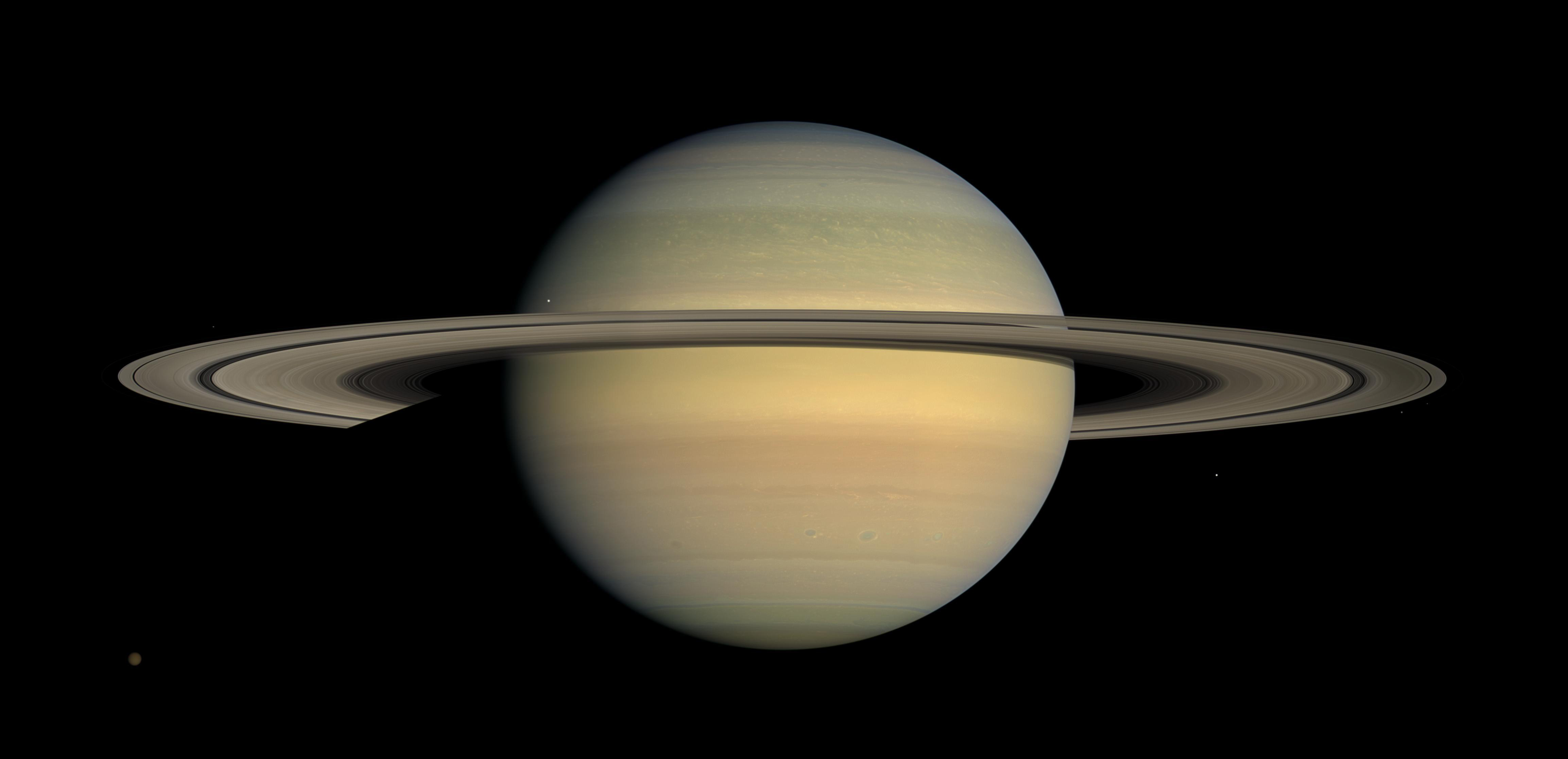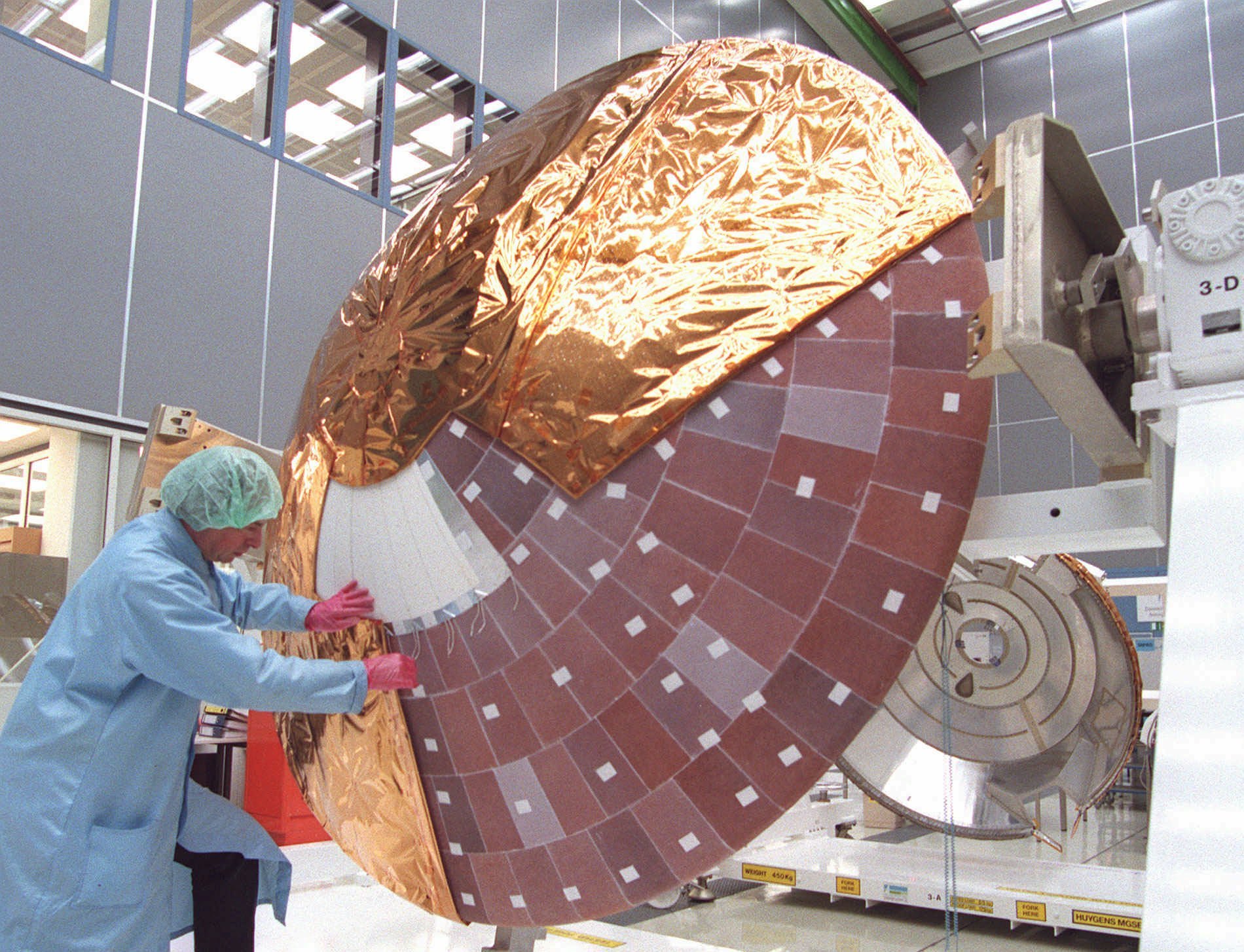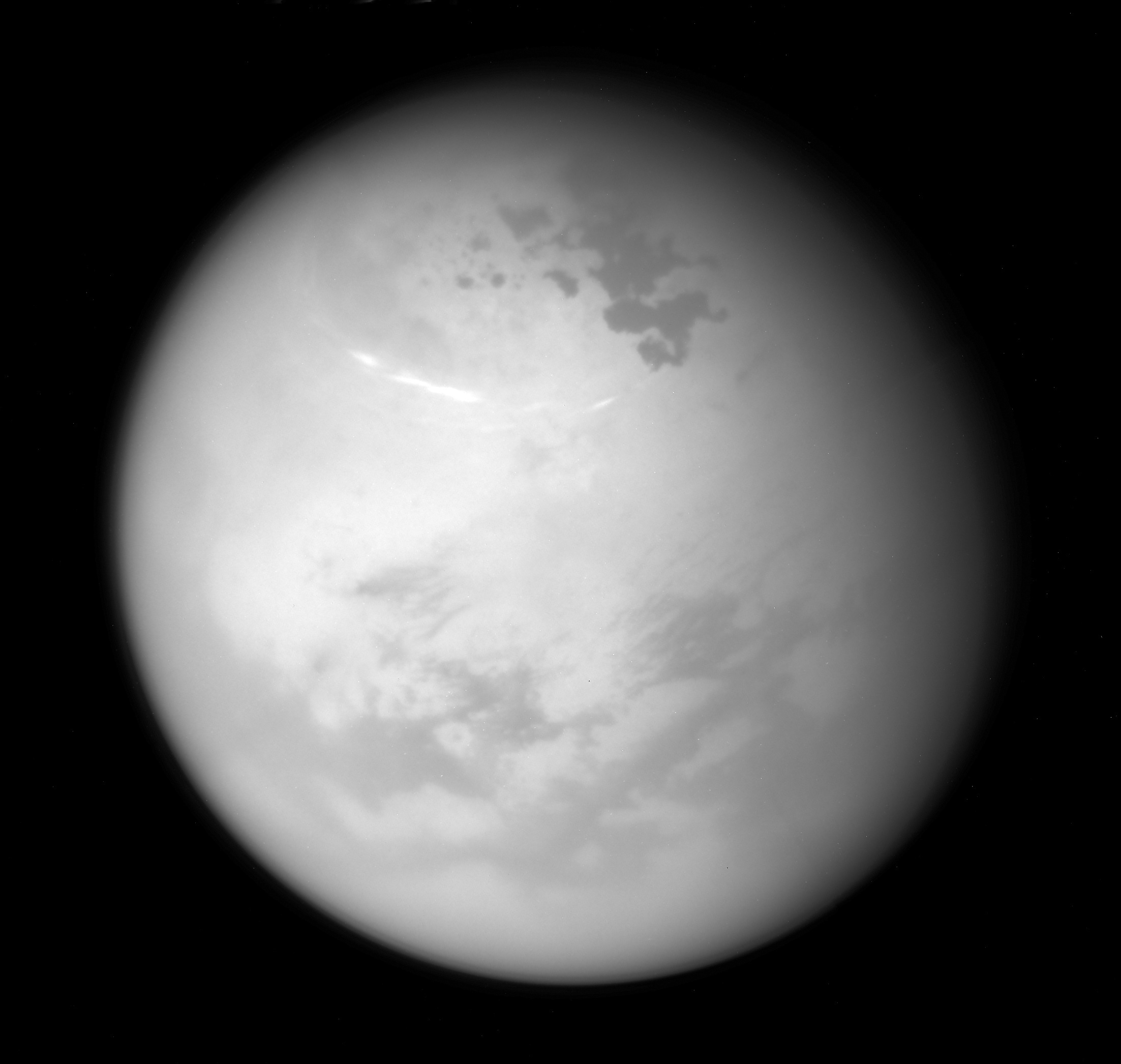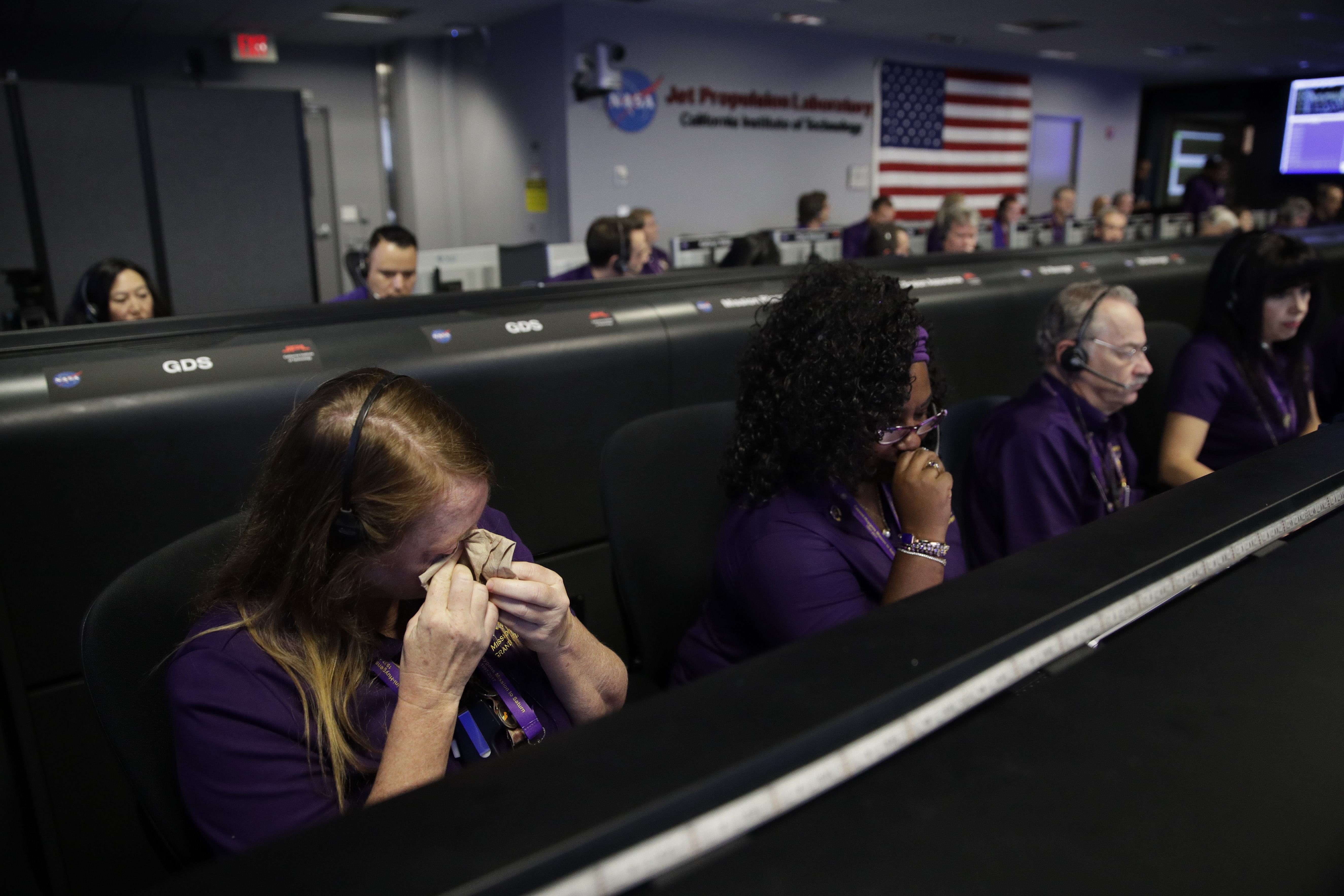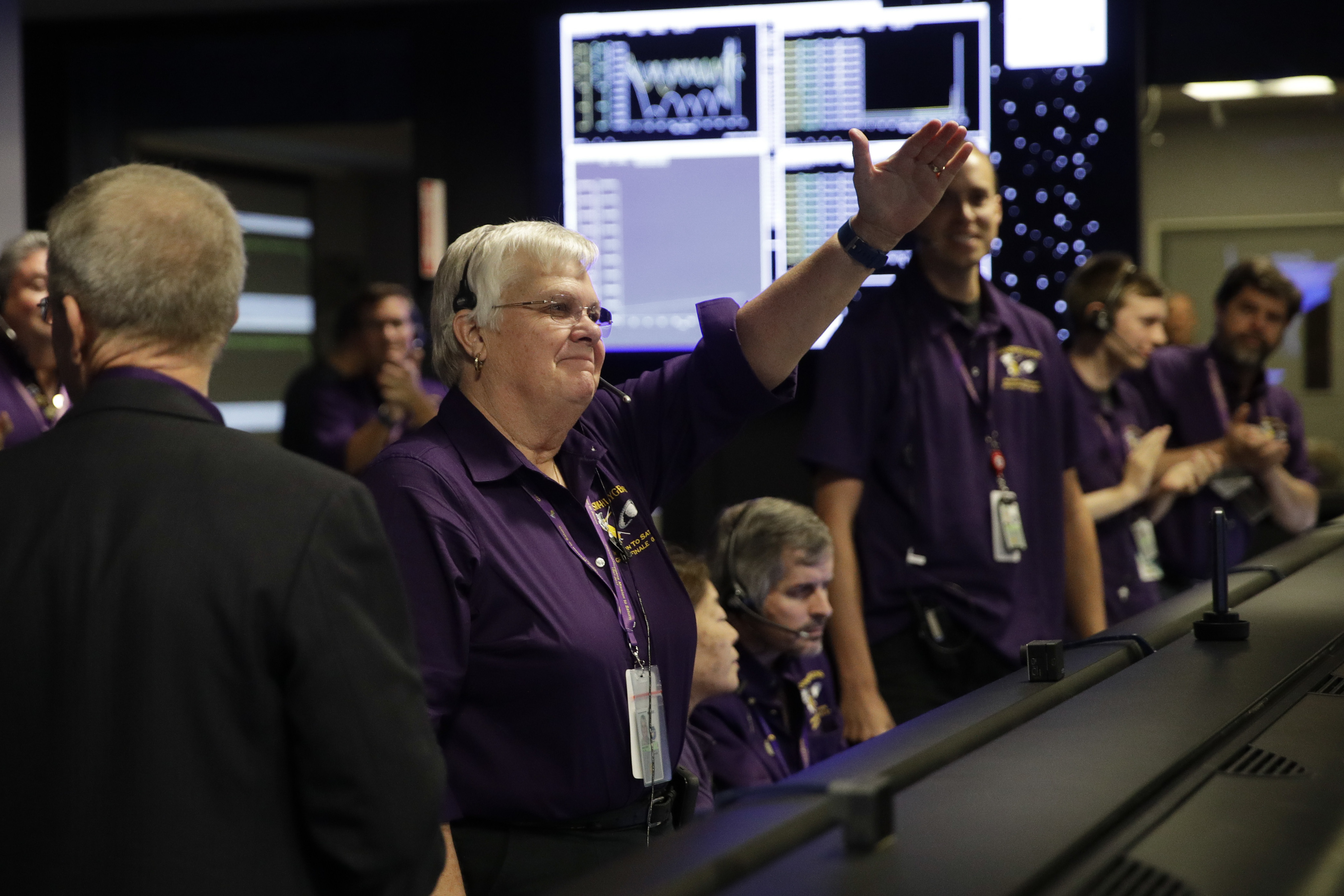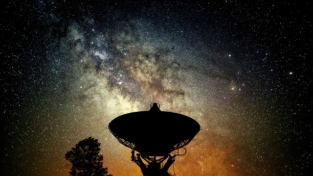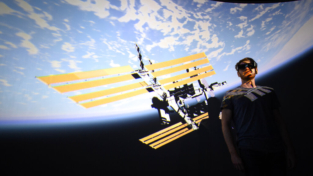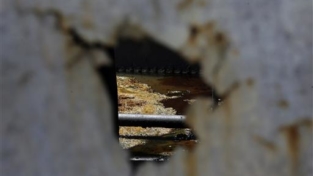Cassini, un viaggio lungo 20 anni
L’ultimo tuffo nell’atmosfera di Saturno ha fatto cadere, come previsto, il segnale della sonda Cassini, lanciata da Nasa, Esa e Asi 20 anni fa, nel 1997. La missione quindi si è conclusa dopo ben 13 anni di corse tra le lune, tra cui il grande Titano, e gli anelli del pianeta, lasciando in eredità preziose indicazioni per conoscere gli altri pianeti del Sistema solare. La distruzione della sonda alla velocità di 113 mila km/h è stata infatti programmata per evitare eventuali collisioni che metterebbero a rischio future scoperte di questi mondi dove si pensa che qualche forma di vita potrebbe nascere. La sonda era intitolata a Domenico Cassini, astronomo italiano del XVII sec., che per primo iniziò a studiare gli anelli di Saturno e a scoprire quattro lune (foto Ap)

